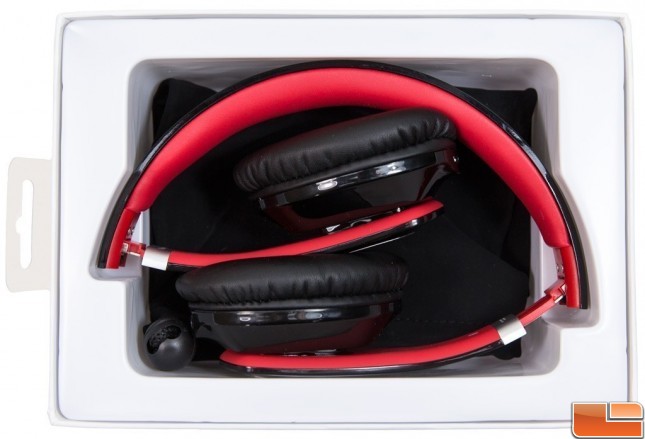Noontec ZORO II Wireless Bluetooth Headphones Review
Closer Look at the Noontech ZORO II Wireless
The Zoro II Wireless is somewhat portable by folding in the ear pieces for a more compact package, however the travel pouch provides very little in the way of extra protection while in your bag. At 190 grams, they are very light and comfortable, although not as light as wired headphones without batteries and wireless circuits.
The hinges are metal reinforced and should hold up to a lot of wear and tear, so far they have made the trip across country in my laptop bag without any issues. The Noontec Zoro II Wireless headphones do make an interesting cracking sound when they lock open that had me double check nothing was broken. Beware the shiny black plastic looks great and does a great job of showing fingerprints.
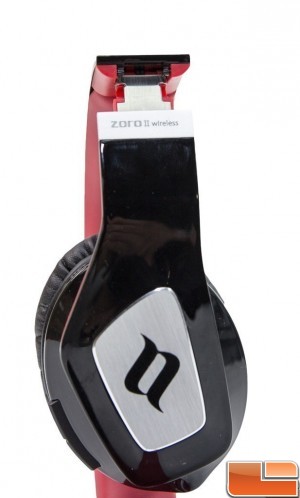
Besides Bluetooth 4.0 for low energy, the Zoro II’s feature Near Field Communication (NFC) on the left side for easy pairing with a tap. My iPhone had no problem finding the Zoro II Wireless within seconds of them being turned on.
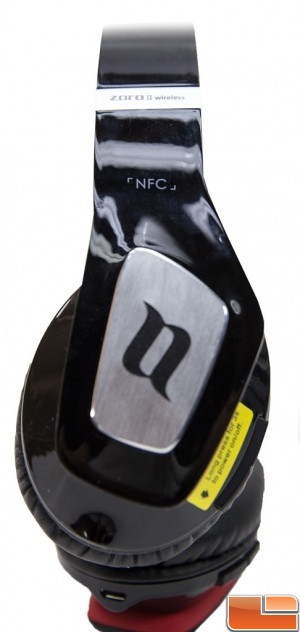
On the back left side of the Bluetooth Wireless headphones is a power button, green power LED, and four LEDs to show the relative battery remaining in 25% increments when they are plugged in. To turn the ZORO II’s on, you simply press the power button for more than 3 seconds as the yellow label clearly states. The power button also does double duty as the pause / play button with quick presses and will turn the Bluetooth back off after a 3 second press. For phone calls, pressing the power button will answer and hang up the connected smartphone making them very convenient for those on the move that do not want to pull their phone out of their pocket. This feature was handy during the race across the airport although the caller said the built-in microphone picked up a fair amount of background noise during our quick chat.
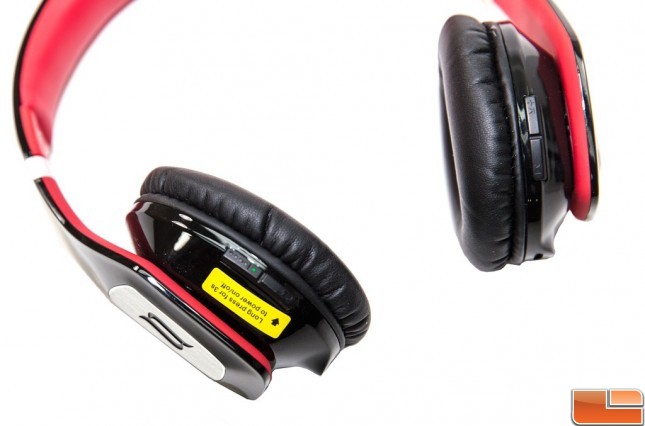
The ZORO II Wireless has two more buttons on the back of the right side that will increase and decrease the volume with a long press or change tracks up and back with a quick tap. This is the opposite of other headphones we have and cause a few jam sessions to be disrupted with track changes instead of volume changes. We did find that sometimes the buttons were a bit finicky and required very long presses to get the volume to change on our various sources.
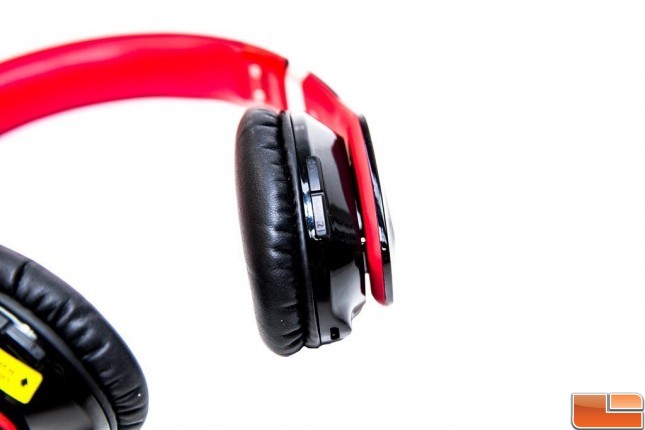
Included with the Noontec ZORO II Wireless headphones are both a very nice flat, tangle free gold plated 3.5mm to 3.5mm cord for wired listening and a Micro USB charging cord. Using standard plugs is a very welcome design so we could use other cables we have from all the devices we use instead of having to use only the ones that come with the headphones. The USB cable is 38 inches long and the 3.5mm audio cable is a full 40 inches. One thing that we found out during our testing is that the audio cable at 40 inches is plenty long for the iPhone or other device in our pocket or our laptop, however it is not nearly long enough when plugged into our gaming rig sitting on the floor. If we leaned back or rotated more than a little bit, the cord would remind us we were no longer in wireless mode. The fact that the ZORO II Wireless can be used wired without requiring any battery is an awesome feature and would have been handy on a recent 16 hour flight to Australia.
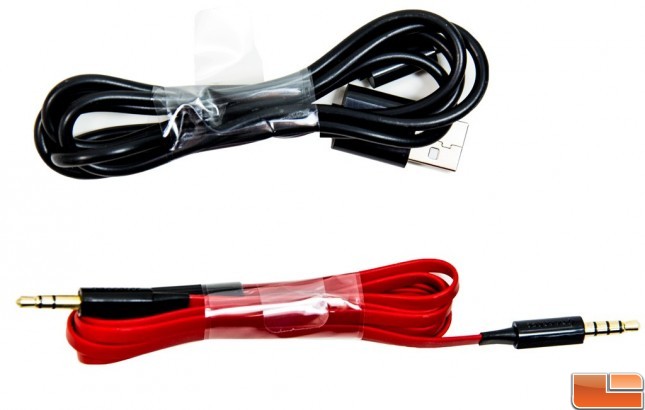
But an odd thing happened when we tried plugging in the USB to recharge while listening to audio through the 3.5mm plug, there was a bit of background static. Using another micro USB in the same USB port made it worse and turing on the headphones while wired and charging made a very audible buzzing, not that you would do this normally. Basically the lesson was for best audio, do not try to charge and listen to wired music at the same time. What is fantastic, and we wish more companies would do this, is the fact you can charge them while connected over Bluetooth. Our current favorite Bluetooth earbuds, the Jaybird X2 do not offer this feature nor the 35 hour playback time. Talk about extending the listening session!

